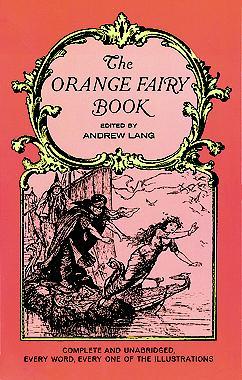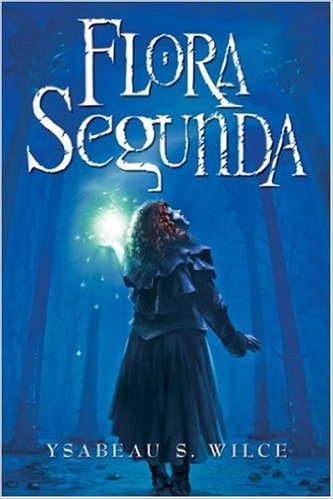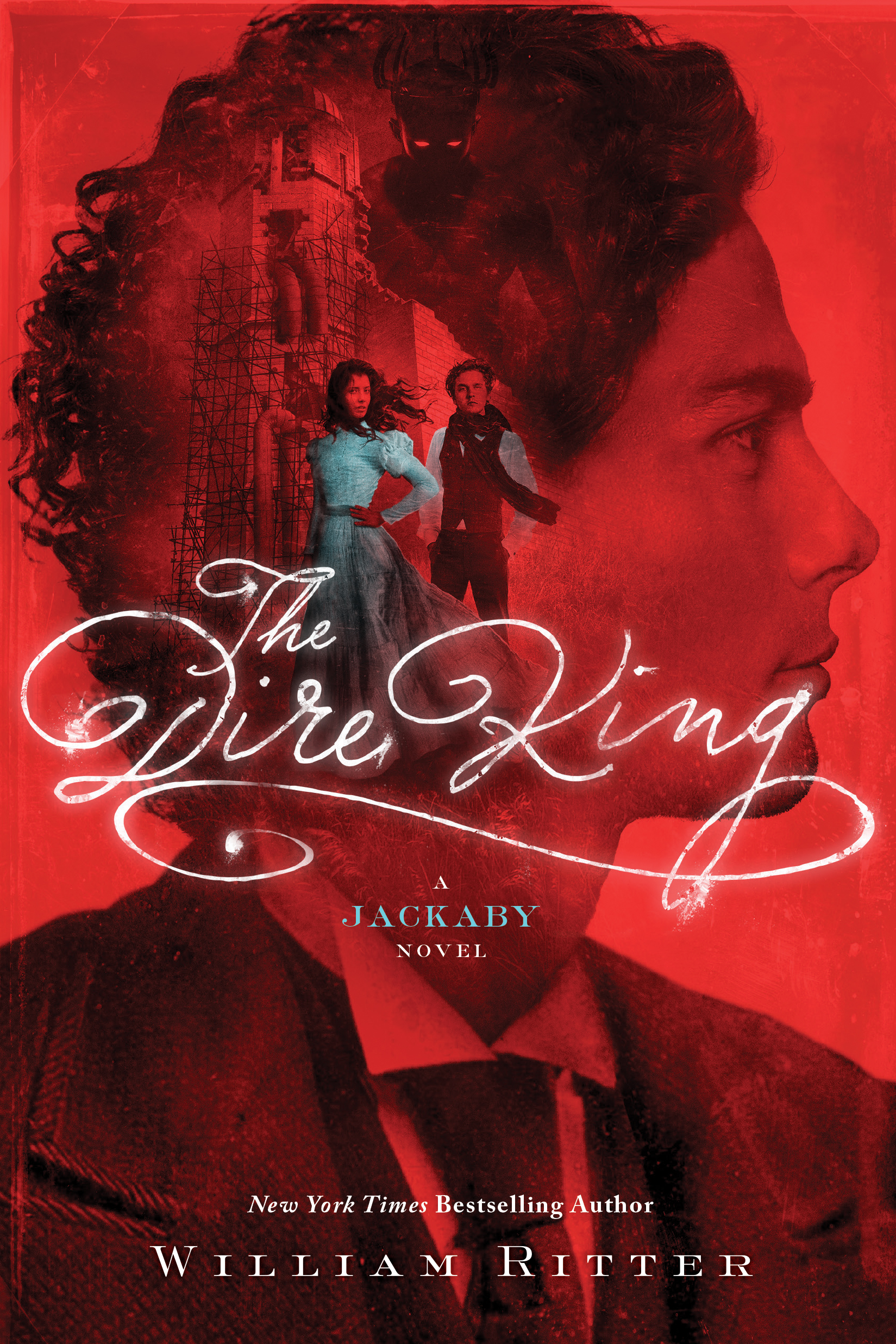[button color=”black” size=”big” link=”http://affiliates.abebooks.com/c/99844/77798/2029?u=http%3A%2F%2Fwww.abebooks.com%2Fservlet%2FSearchResults%3Fisbn%3D9780394907437″ target=”blank” ]Purchase here[/button] Mr. Langs prefaces to his twelve fairy books of many colours are often very informative, particularly about what makes fairy stories so important, and how to answer the objections of their critics. The preface to the Orange Fairy Book is no exception. Here Mr. Lang introduces 33 stories from a variety of cultures and traditions, admitting that some of the more cruel and savage deeds from the original stories had to be toned down a bit for young readers. He adds, It is impossible, even if it were desirable, to conceal the circumstance that popular stories were never intended to be tracts and nothing else. Though they usually take the side of courage and kindness, and the virtues in general, the old story-tellers admire successful cunning as much as Homer does in the Odyssey. At least, if the cunning hero, human or animal, is the weaker….
He goes on to speculate about why the stories of so many different cultures are so similar to each other. Though I wont quote it, I think you will find Mr. Langs theory interesting and worth your attention. But I suppose one reason why different peoples tell similar tales is that people everywhere have similar problems, weaknesses, and needs, and therefore similar fantasies about overcoming them. Take this exchange from the Catalan tale of The Girl Fish, which up to a certain point reads like a conversation any modern mother and son could have:
[S]he took her sons hand and entreated him to tell her the cause of his sorrow. “For,” said she, “if I can give you happiness, you shall have it.””It is no use,” answered the prince; “nobody can help me. I must bear it alone.”“But at least let me share your grief,” urged the queen.
“No one can do that,” said he. “I have fallen in love with what I can never marry, and I must get on as best I can.”
“It may not be so impossible as you think,” answered the queen. “At any rate, tell me.”
There was a silence between them for a moment, then, turning away his head, the prince answered gently:
“I have fallen in love with a beautiful deer!”
Multiply the pleasure of that story by 33, and add 58 fine illustrations by H. J. Ford, and you get a fairy-story extravaganza that will keep readers and listenersanyone who is at least a child at hearthooked for days and days! Here is just a taste of each of the tales in this book, to whet your appetite…
From the Senna oral tradition of what is now Zimbabwe comes “The Story of the Hero Makóma,” whose name means greater, and who challenges and defeats the giants who created the world, one after another. The same tradition gives us “The Magic Mirror,” in which a village chief tragically learns how his reward for saving the serpent kings life will be his own undoing. From the Punjab region of India comes the “Story of the King who would see Paradise,” about the fate that befell a king who was not content to wait patiently to see the Paradise of the faithful. Another African story is “How Isuro the Rabbit tricked Gudu,” the latter being a baboon; see also Cousin Greylegs, the Great Red Fox, and Grandfather Mole from Pyles “Wonder Clock.”
The Western Highlands of Scotland provide the setting for “Ian, the Soldiers Son,” who is the only lad in the leeward, or in the windward, or in the four brown boundaries of the sea who can defeat three giants and free three captive princesses. An Hispanic tradition gives us “The Fox and the Wolf,” in which the moons resemblance to a round of cheese helps a mother fox escape from a hungry wolf. Another Highland yarn is “How Ian Direach got the Blue Falcon,” in which one impossible task after another is heaped on a lad who seems unable to follow the advice of a magical foxand all to win himself free from his stepmothers curse. Hans C. Andersens well-known tale of “The Ugly Duckling” is not a fairy story in the strictest sense, but it has its own kind of magic.
“The Two Caskets,” from Thorpes “Yule-Tide Stories,” compares the fate of two stepsisters, each seeking her fortune in a magical world. From India, “The Goldsmiths Fortune” tells not only how a clever rogue got the best of the greedy village people, but also how he paid for his roguish ways. In “The Enchanted Wreath,” from Thorpe, an evil witch tries to replace a queen with her own daughter, though the lass is under such a curse that she can say nothing but the words Dirty creatures! “The Foolish Weaver” is an exceedingly short tall tale about the absurdity of not one, but seven weavers. From the Berbers comes “The Clever Cat,” in which a young man steals a wishing stone from an ogre (who had stolen it from him), with the aid of a dog, a falcon, some rats and fish, and yes, a clever cat.
“The Story of Manus,” from the highlands, is a condensed version of the legend of a destined king who is persecuted by his jealous aunt. “Pinkel the Thief,” from Thorpe, steals three treasures from under the nose of an island-dwelling witchnot because hes a thief by nature, but because his jealous brothers and a greedy king forced him to do it; see also Pyles Peterkin and the Little Grey Hare. Then there are three connected Berber tales, “The Adventures of a Jackal,” “The Adventures of the Jackals Eldest Son,” and “The Adventures of the Younger Son of the Jackal,” in each of which a roguish beast tries to outwit his friends, only to be outwitted in the end.
In a Slavic tale, “The Three Treasures of the Giants” help the youngest and weakest of three brothers become a powerful king; only in a strange but poignant postscript, it seems his descendants paid dearly for forgetting where they came from. In what I think is a Native American tale, “The Rover of the Plain” is a buffalo whose fate is tragically tied to the family he serves. “The White Doe” is one of Madame dAulnoys fairy tales, wherein the beautiful princess is under a christening curse, so that something awful will happen if she sees sunlight before her fifteenth birthday. I have already quoted from “The Girl Fish,” in which a pretty girl with the power to become various kinds of animals, wins her freedom from a curse and the heart of a prince.
“The Owl and the Eagle” set up a decidedly non-traditional household by marrying two girls and fathering children, one of whom is a toad. “The Frog and the Lion Fairy” appear in another Madame dAulnoy story, in which a frog stops a king from remarrying after his queen disappears, then helps a handsome prince save the princess from a dragon. From the Celtic tradition come “The Adventures of Covan the Brown-Haired,” who, in contrast to his older brothers, overcomes a host of difficulties by being faithful, kind, and brave. A man named José learns that we never waste time when we are helping others in the tale of “The Princess Bella-Flor,” which also boasts a picture of a king jumping into a cauldron full of boiling oil. In the Spanish story, “The Bird of Truth” proves that two little orphans are really the kings son and daughter, whom the wicked courtiers tried to rub out.
“The Mink and the Wolf” tells how a mink cleverly eluded the vengeance of a clan of wolves. “Adventures of an Indian Brave” culminate in a father telling his child how he caught salmon in the Land of the Sun. A race of man-eating ogres called Stalos figure in a pair of Lappish stories called “How the Stalos were Tricked” and “Andras Baive.” In the first, a family of Stalos is wiped out by the vengeance of two Lapp families; in the other, a heroic mountain man outruns, outjumps, and outwits a pursuing enemy who is half Stalo. Another hispanic tradition gives us “The White Slipper,” which, if it contains any magic, is of the potions variety; otherwise it is the story of how a young apothecary wins a princesss hand and cures a kings festering wound. Finally, “The Magic Book” teaches a Danish lad named Hans to turn into various kinds of animals. This tale partly resembles Pyles The Clever Student and the Master of Black Arts, with the addition of a princess and her lover who escape from being buried alive through a tunnel to the other side of the world.
Every one of these stories oozes with romance, adventure, silliness, scariness, and all the things that make little eyes dance and grown-up eyes twinkle. If you love fairy tales, or know someone who does, I recommend The Orange Fairy Book.




